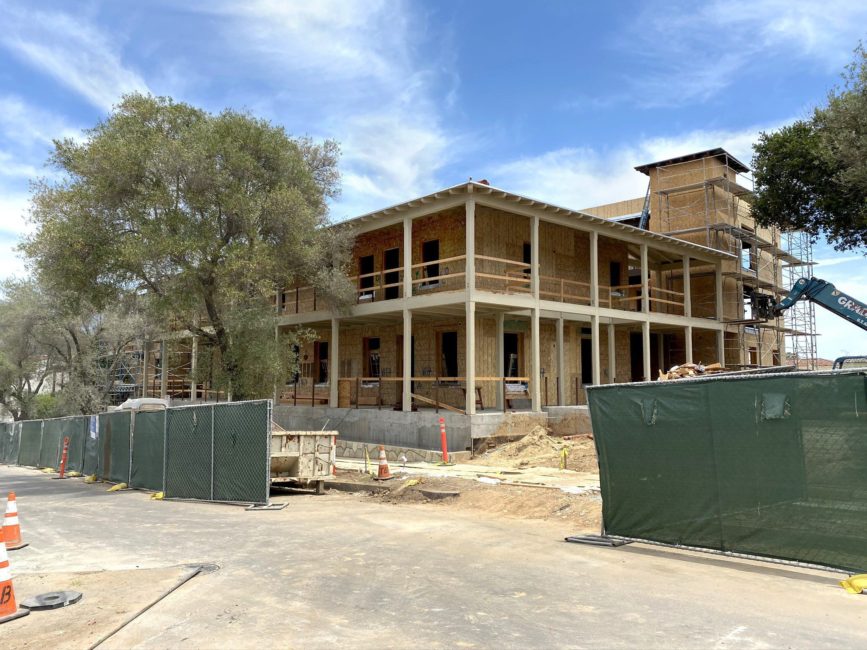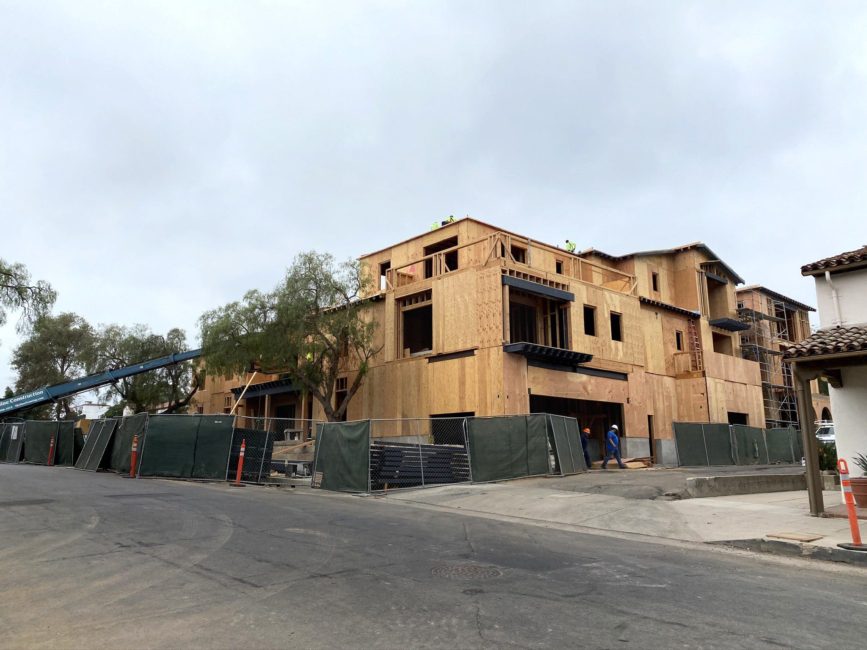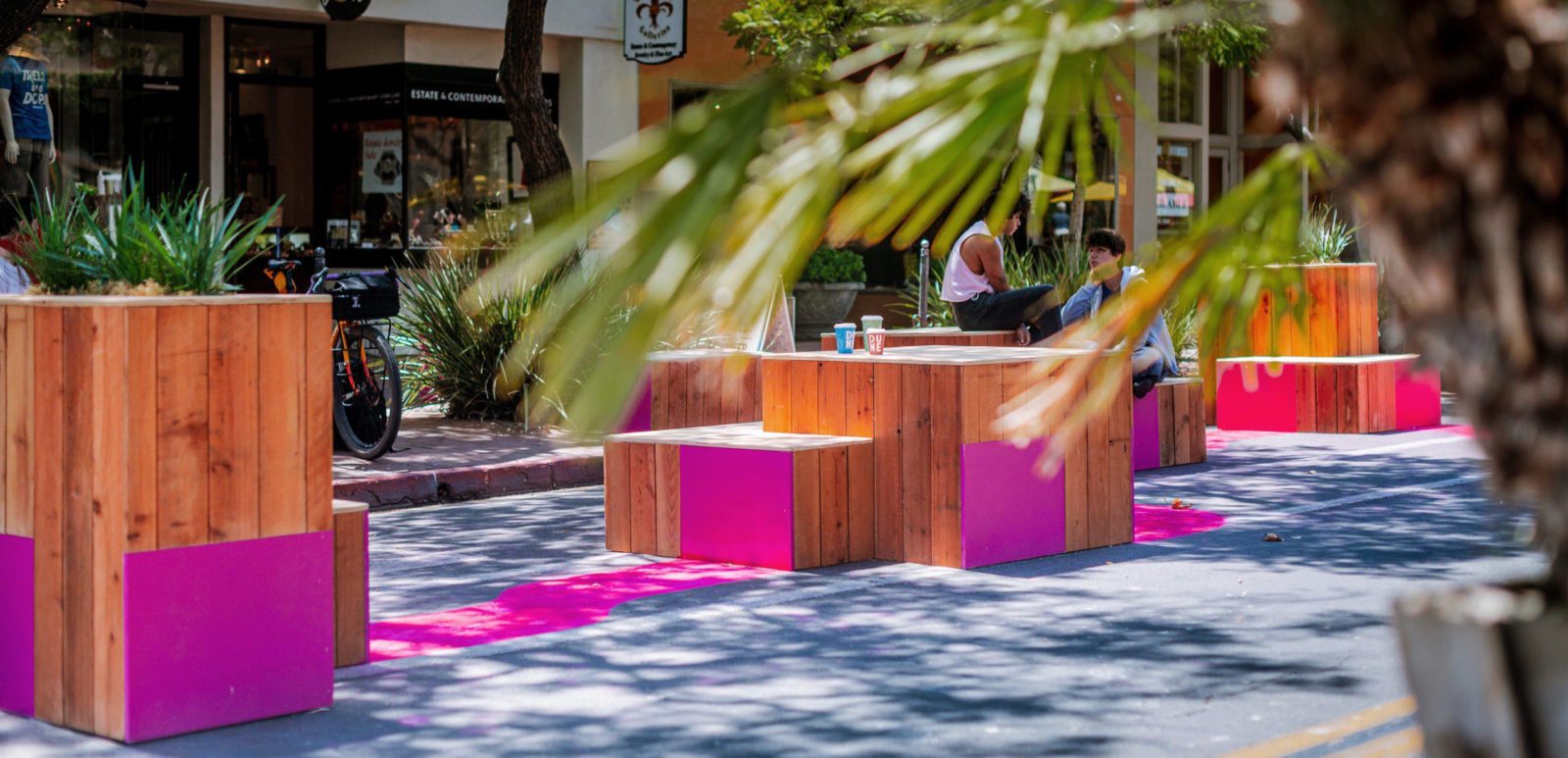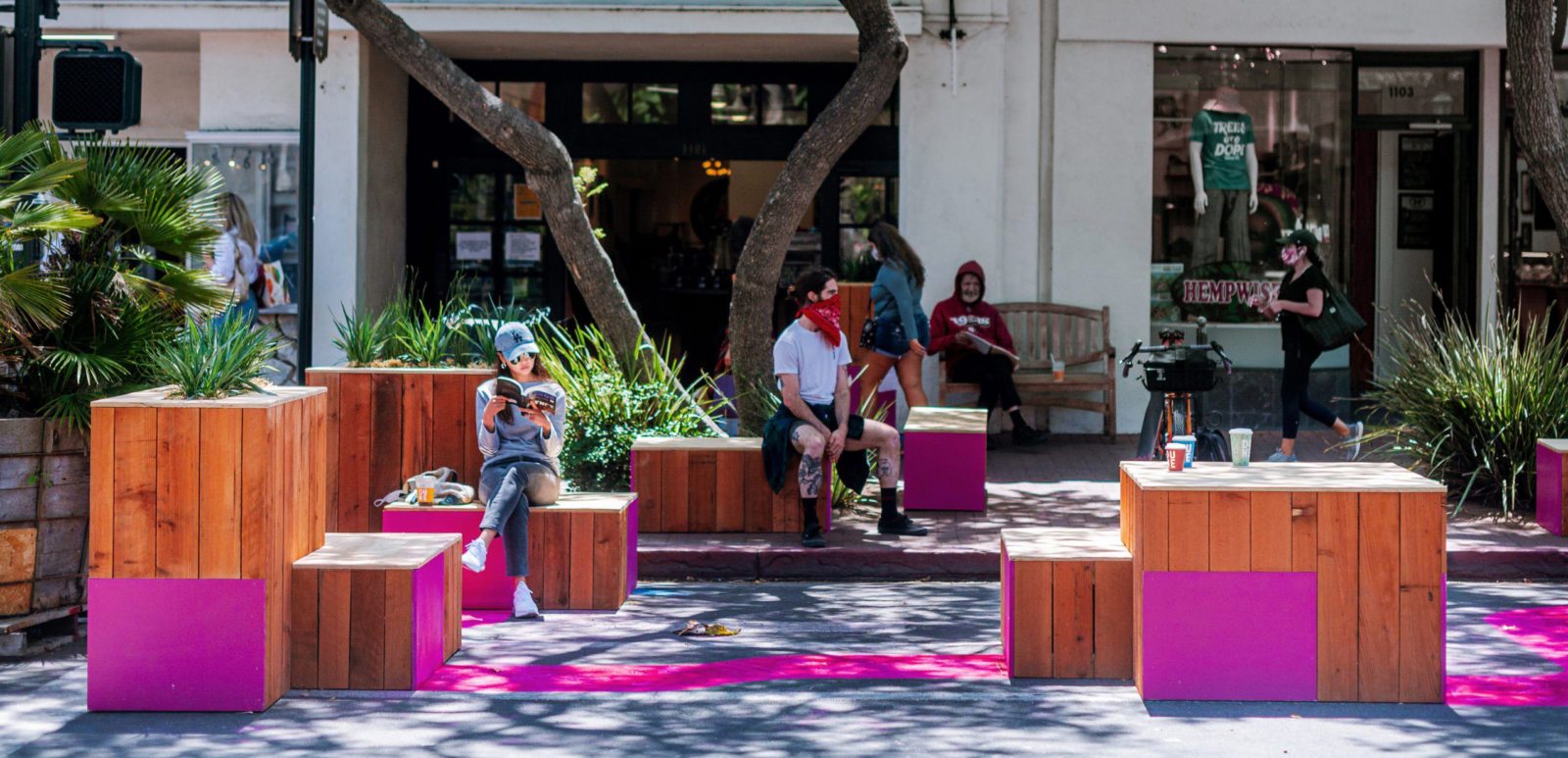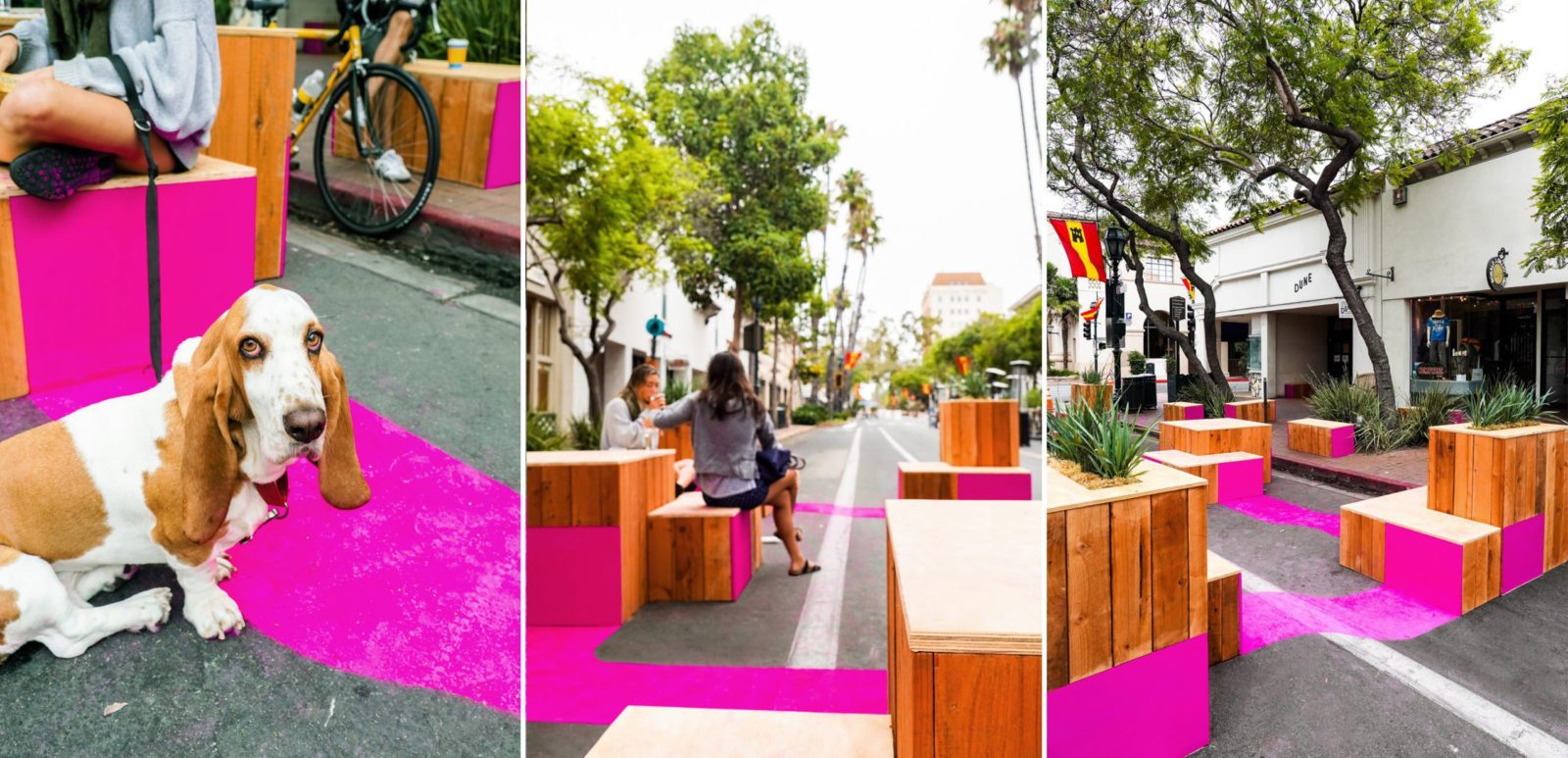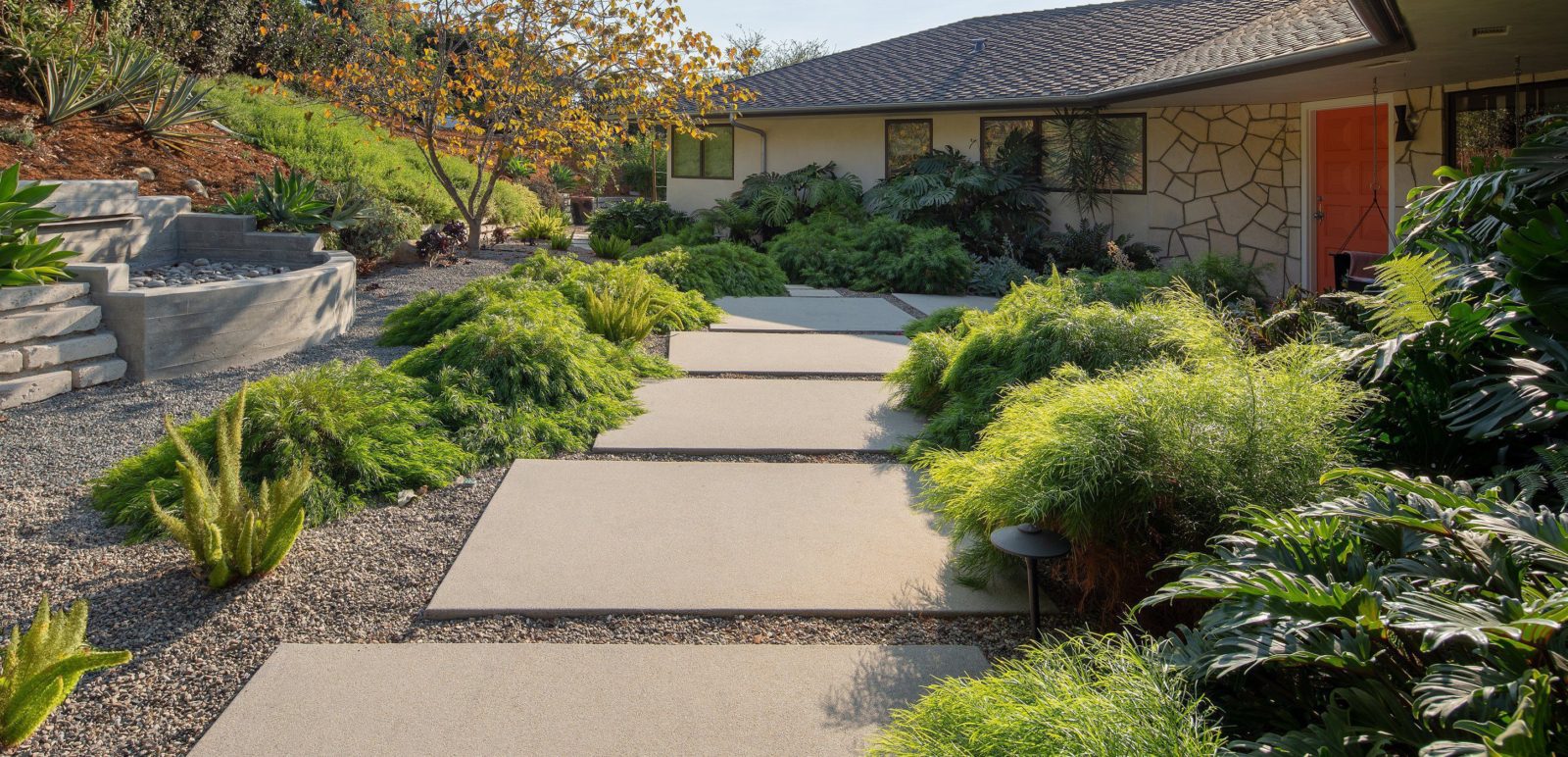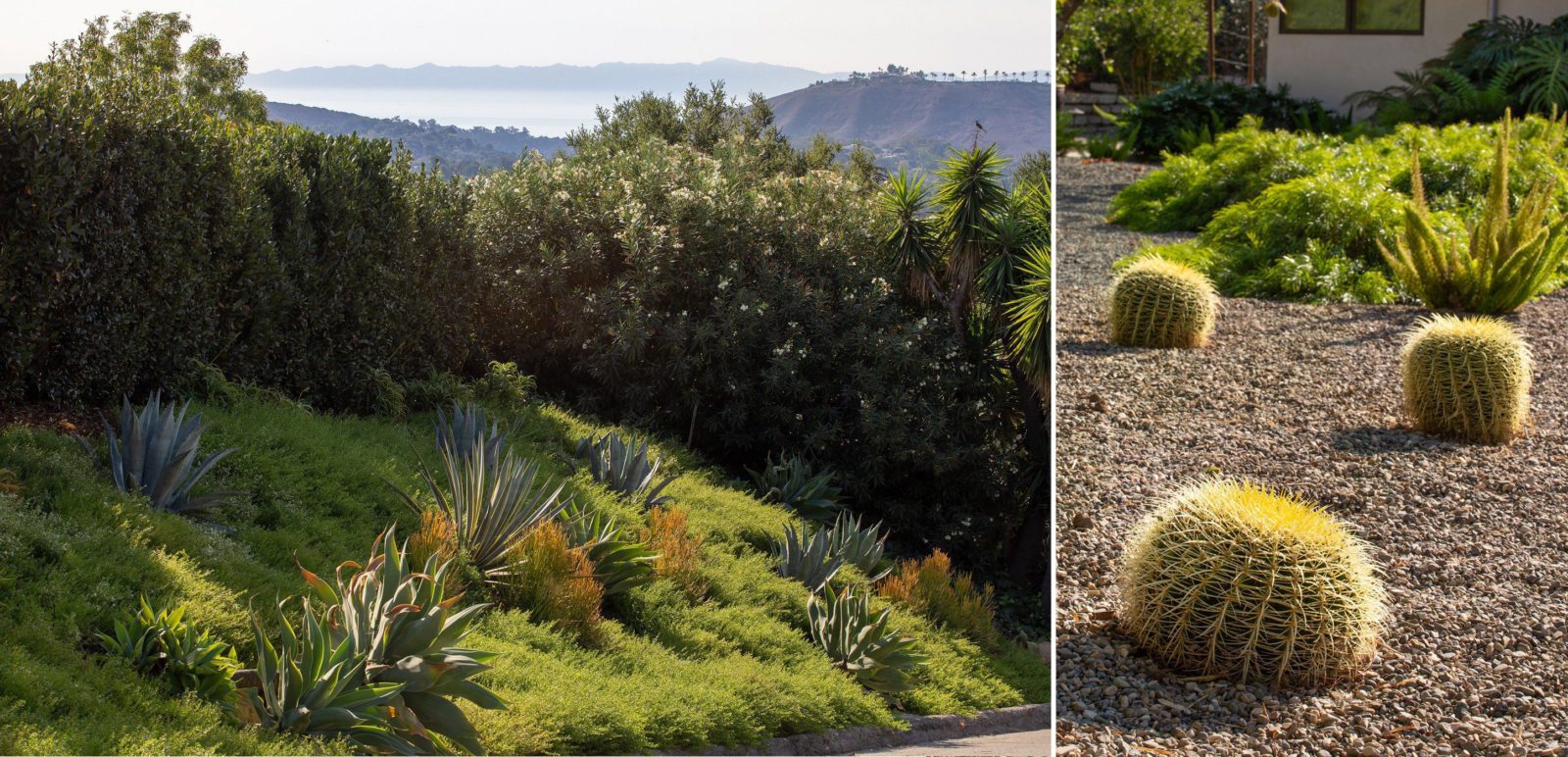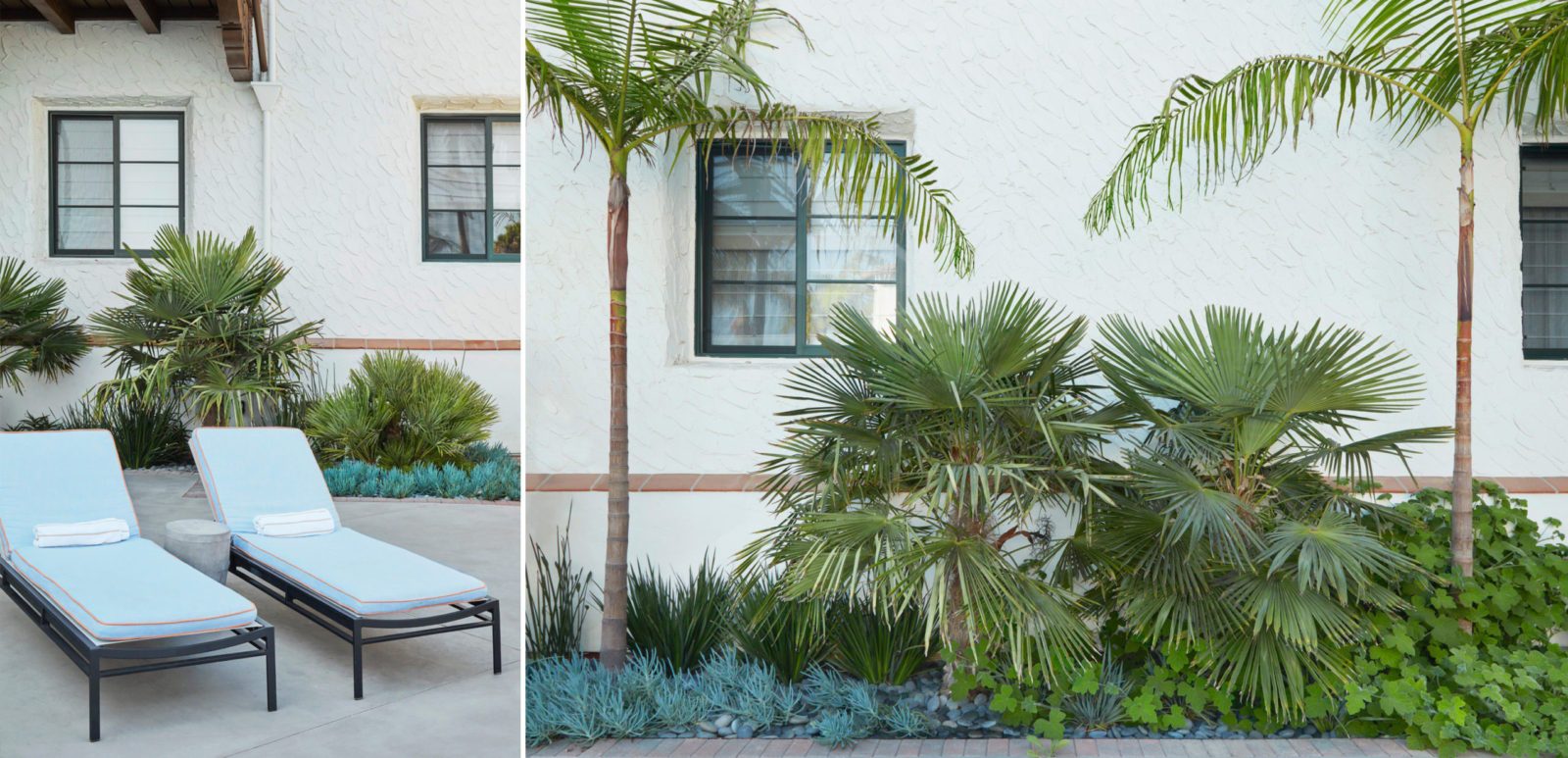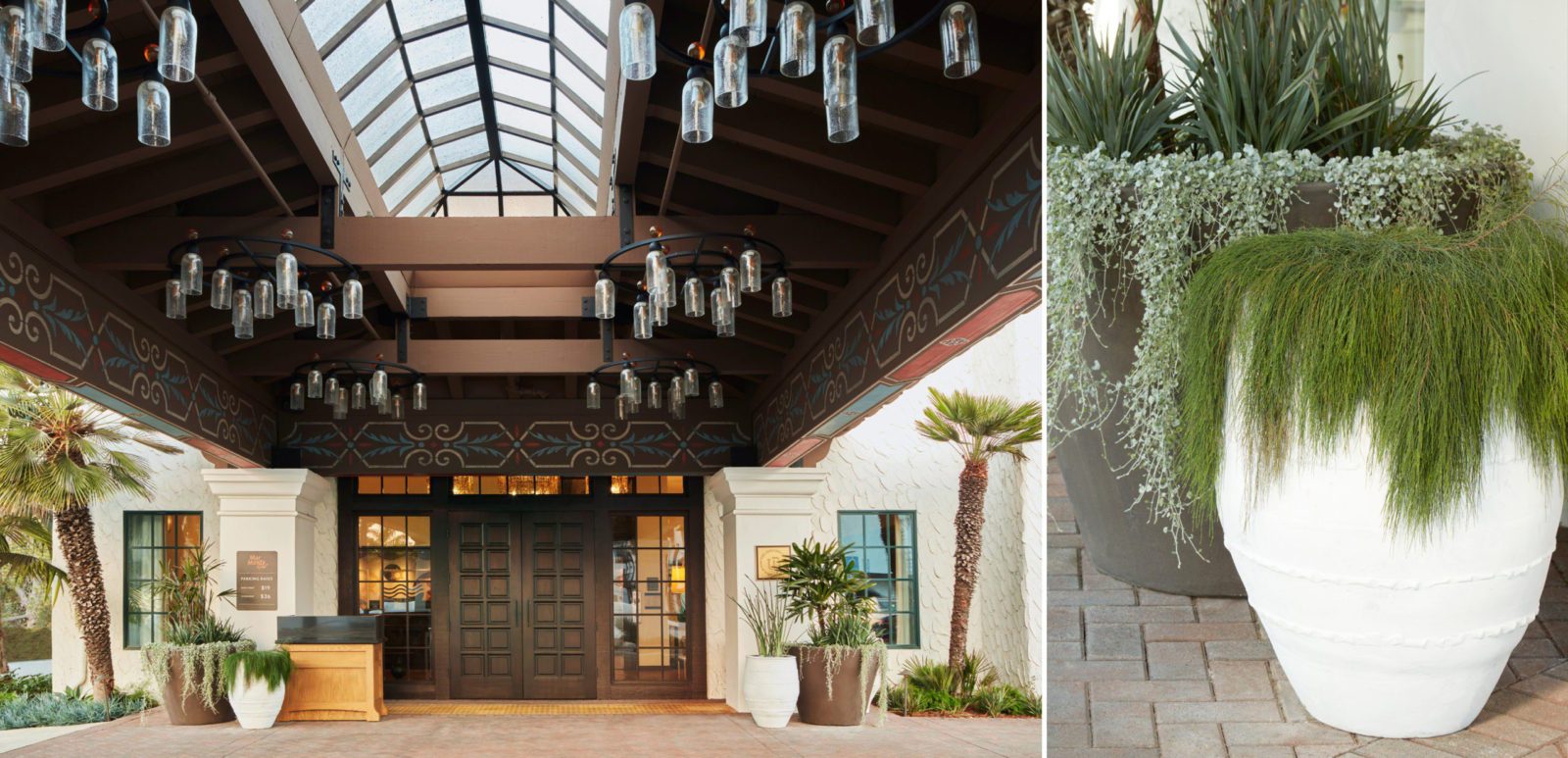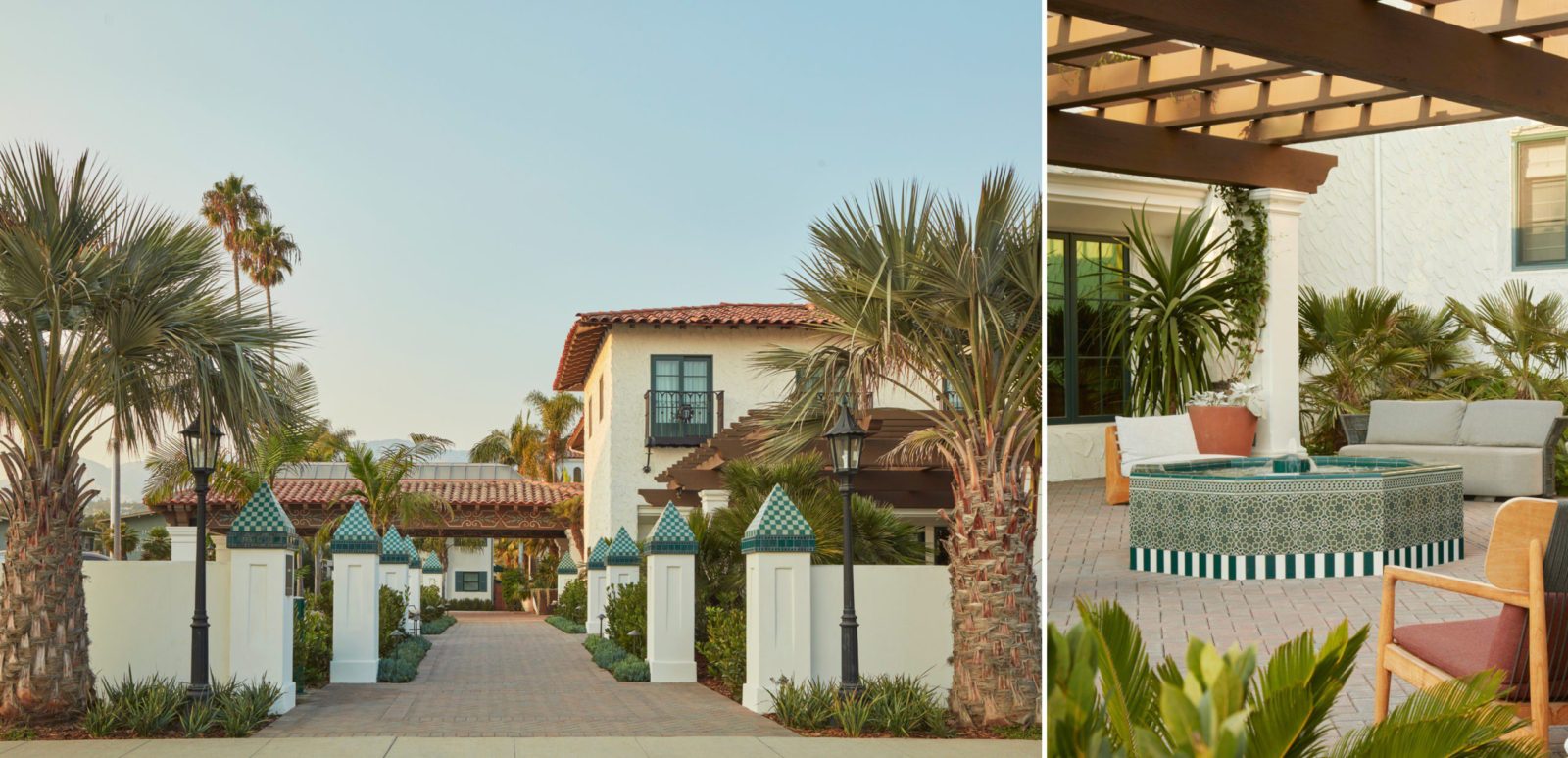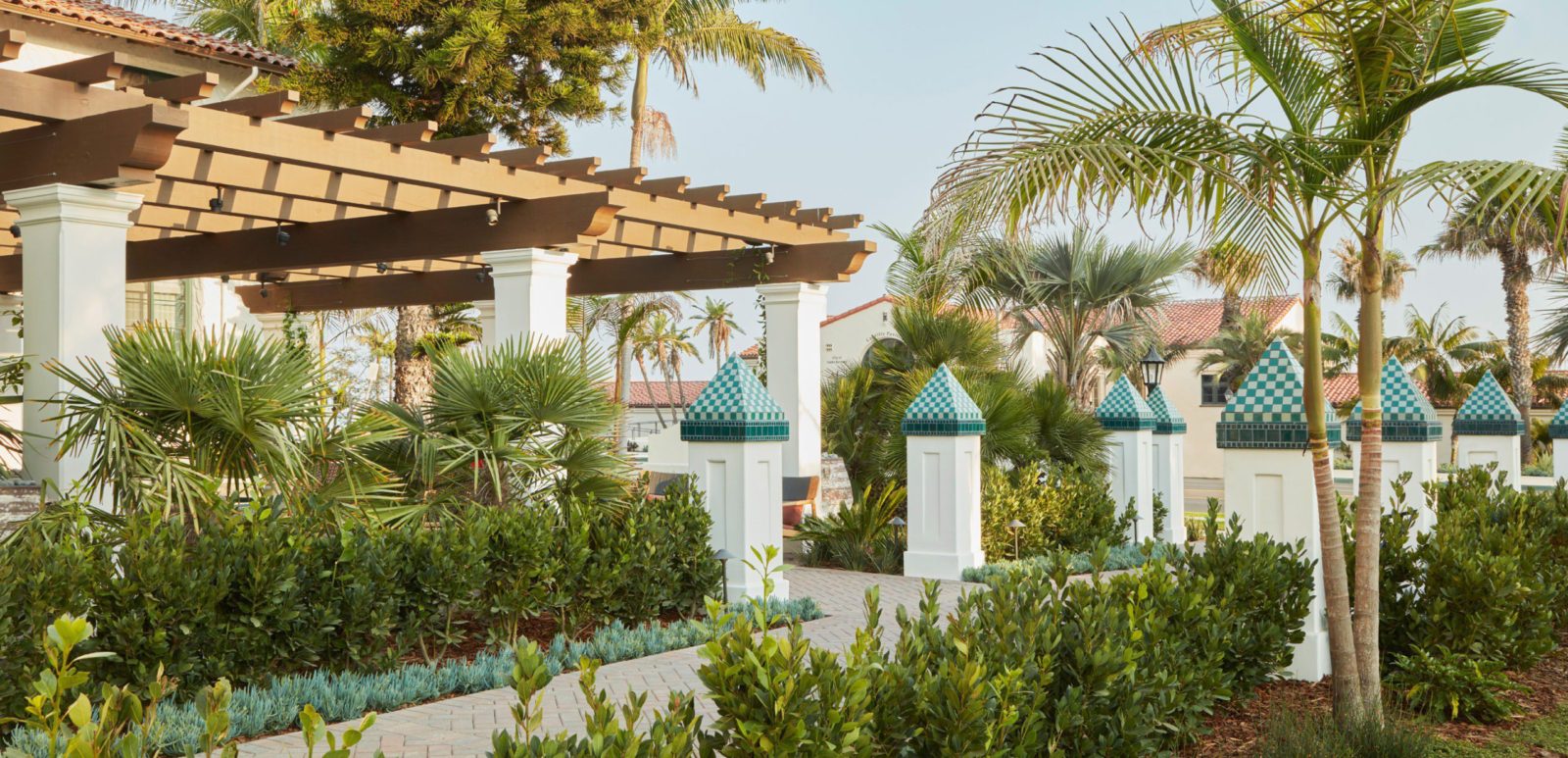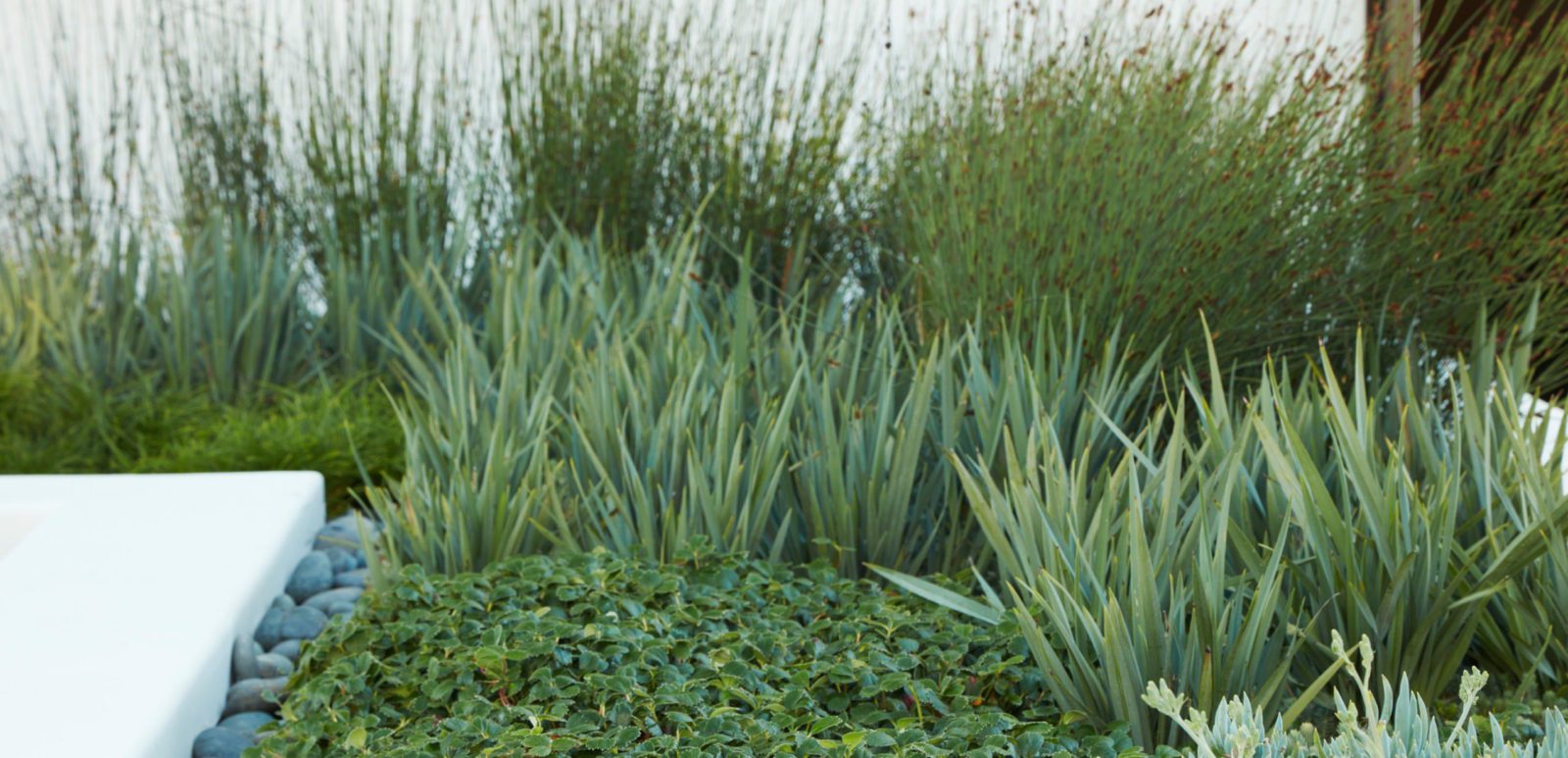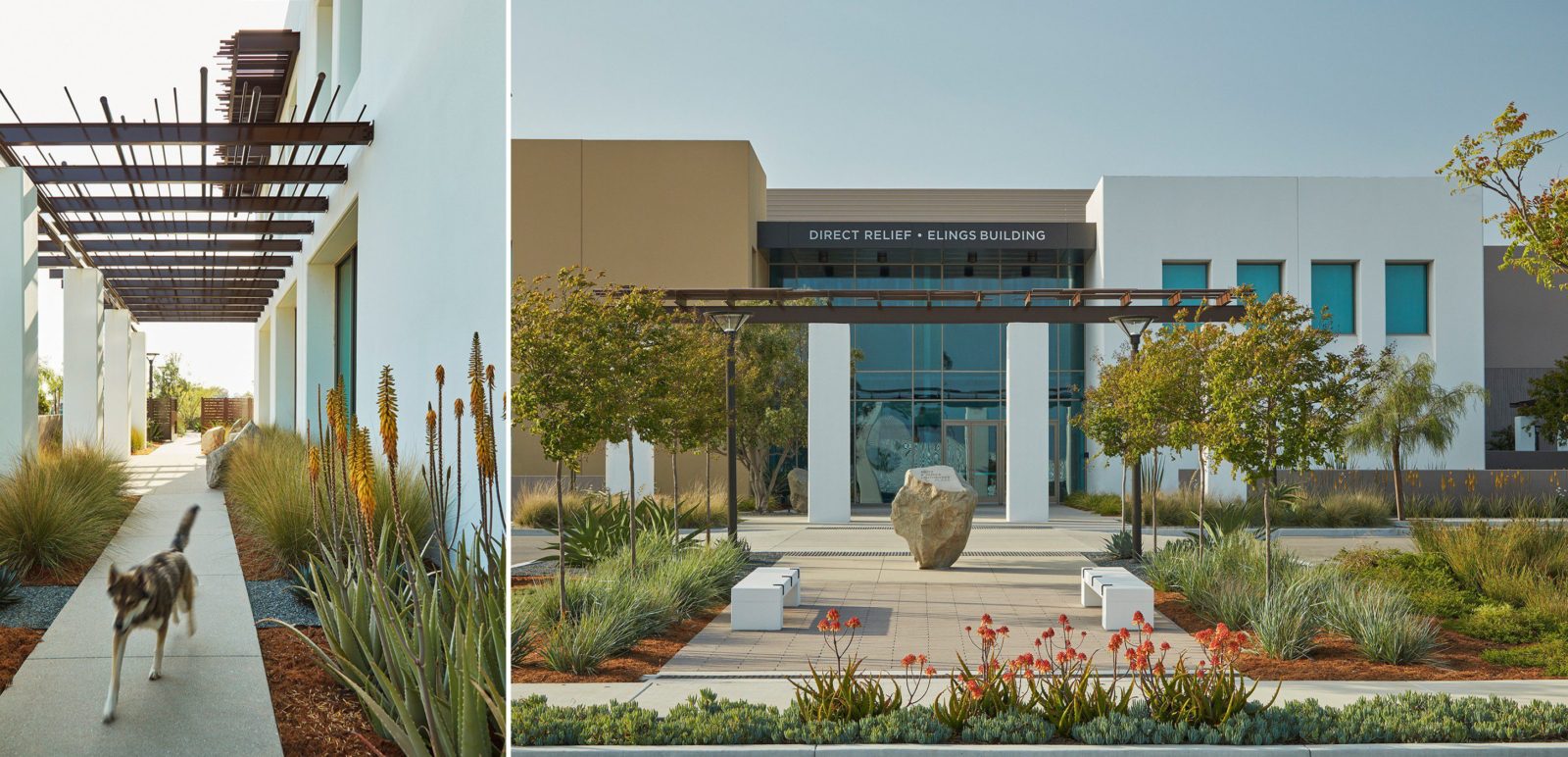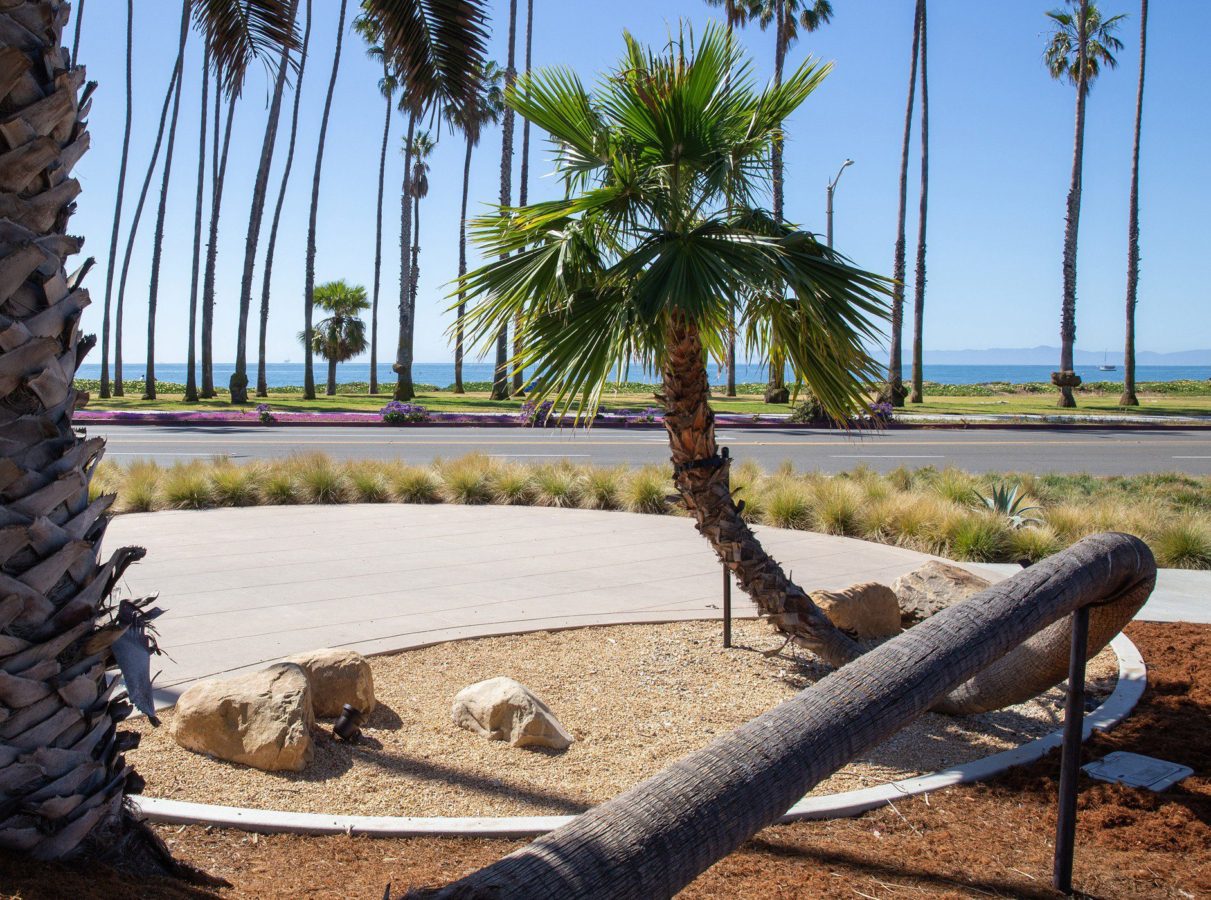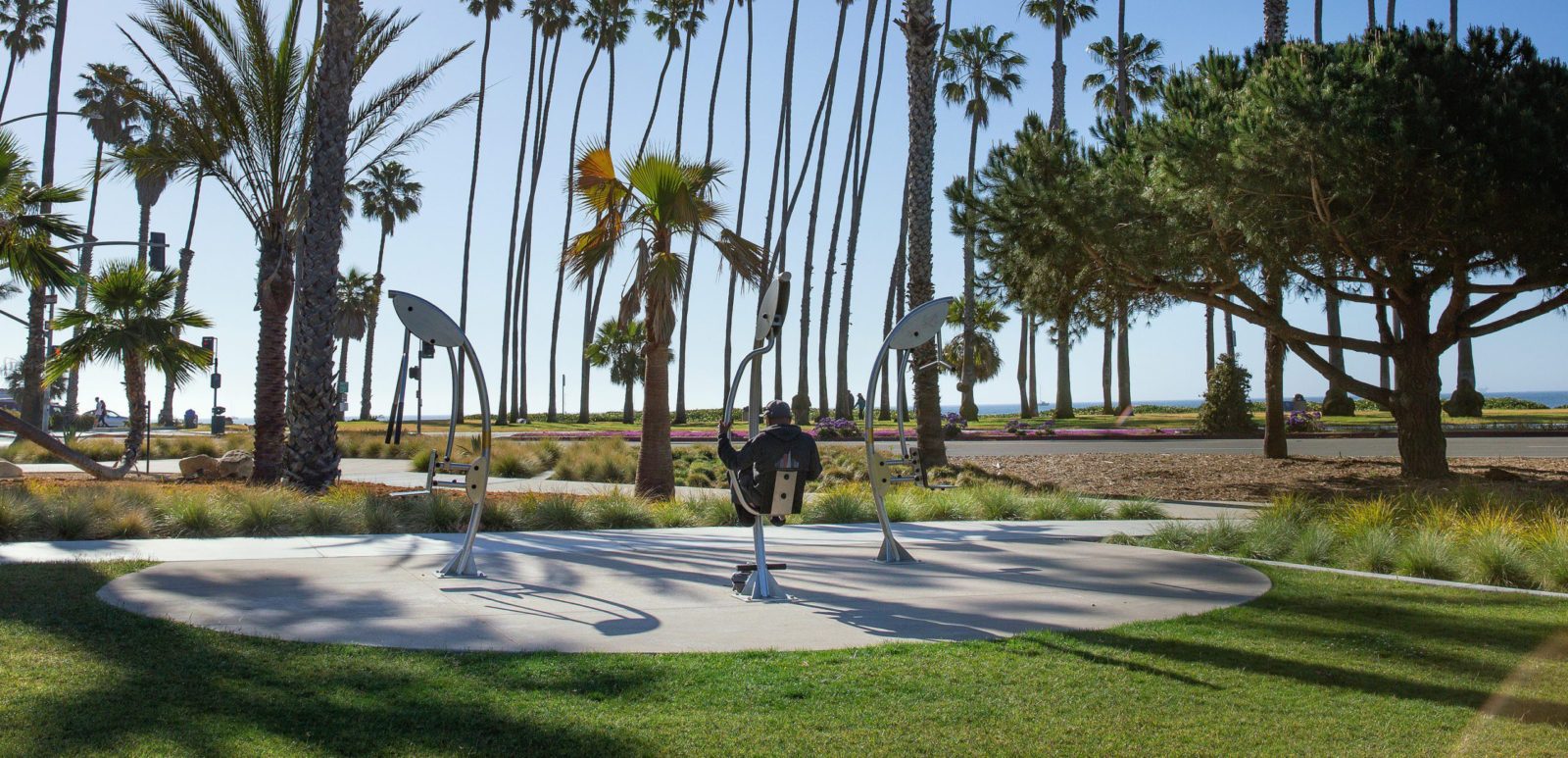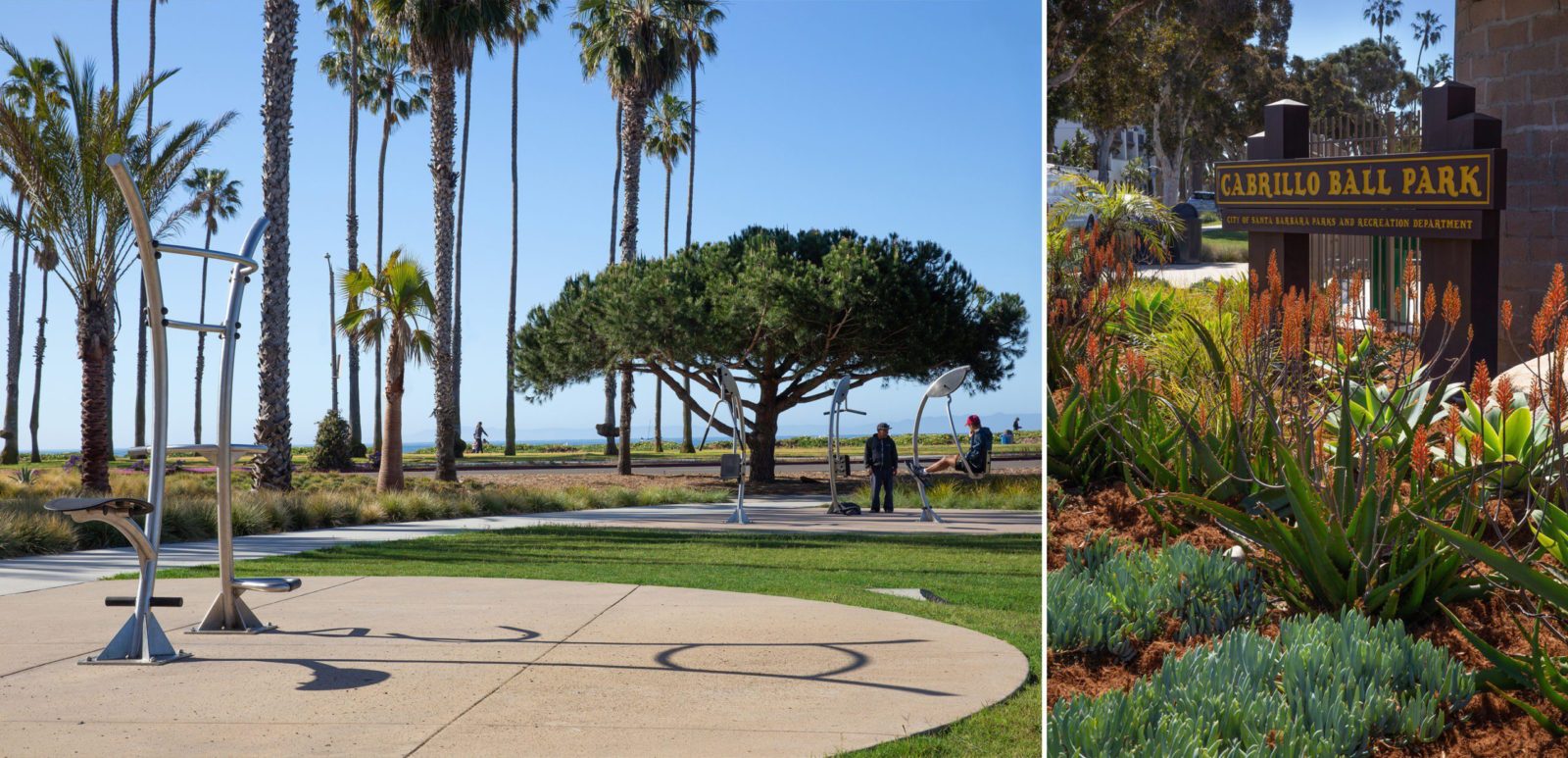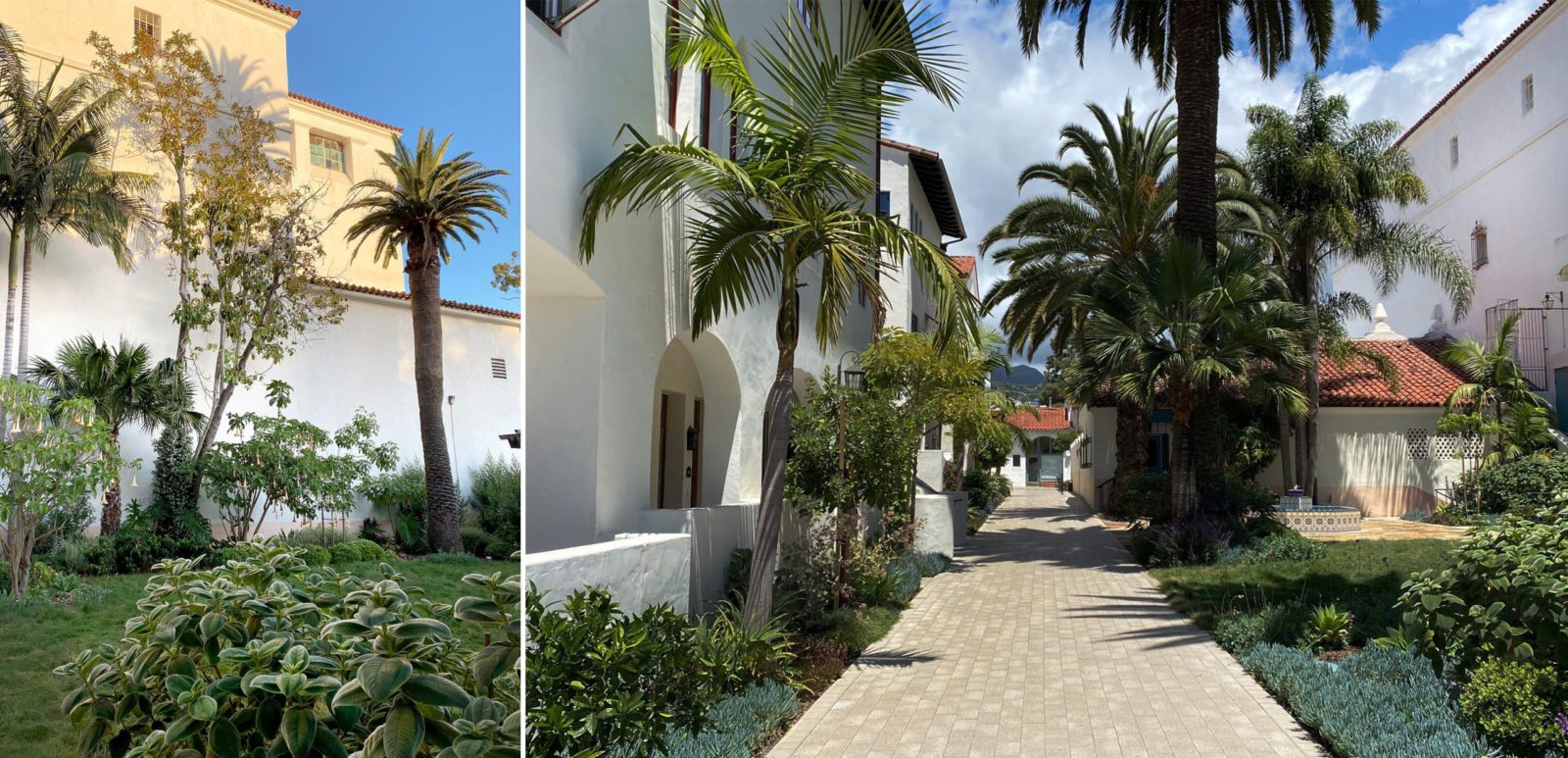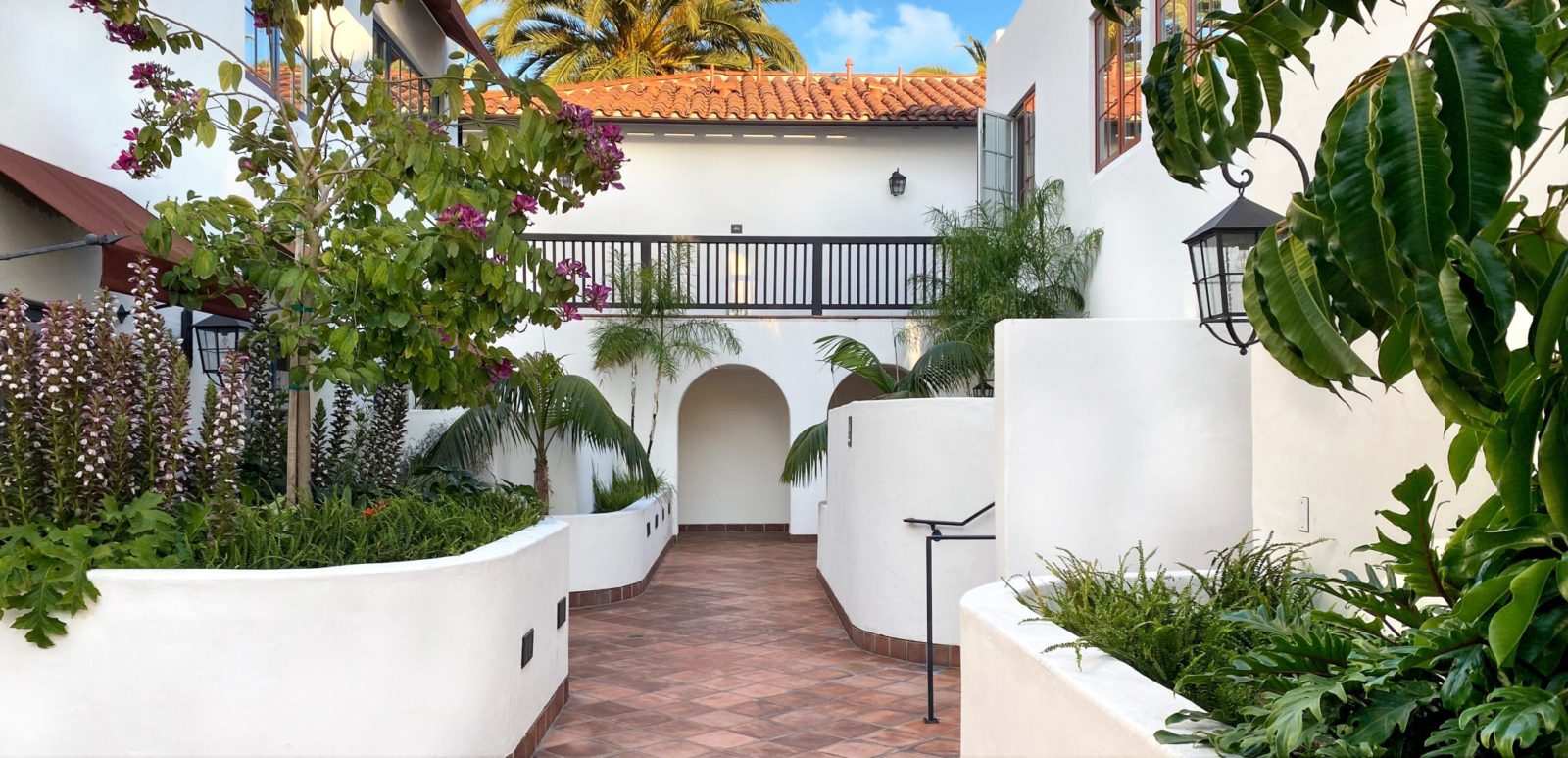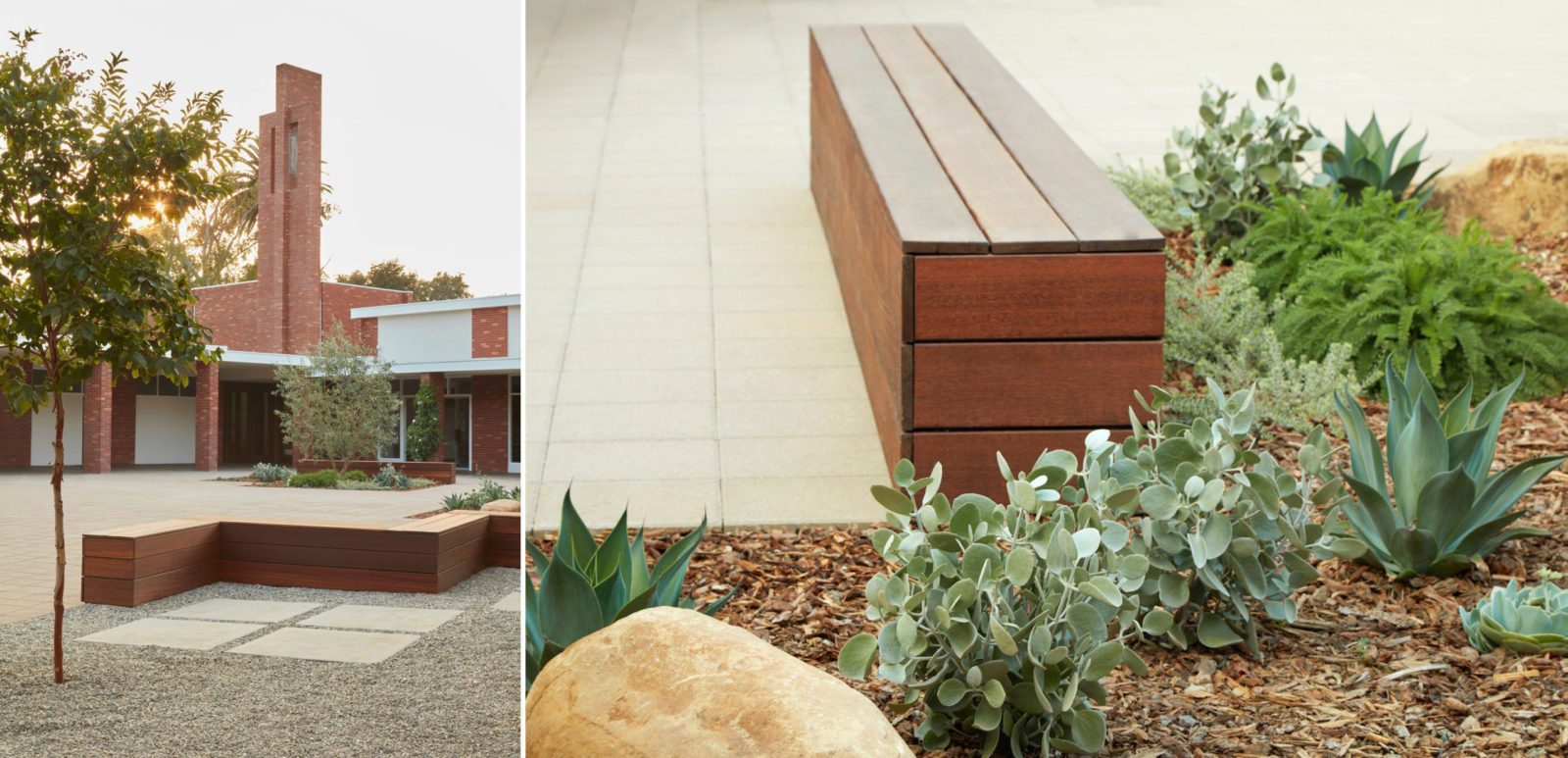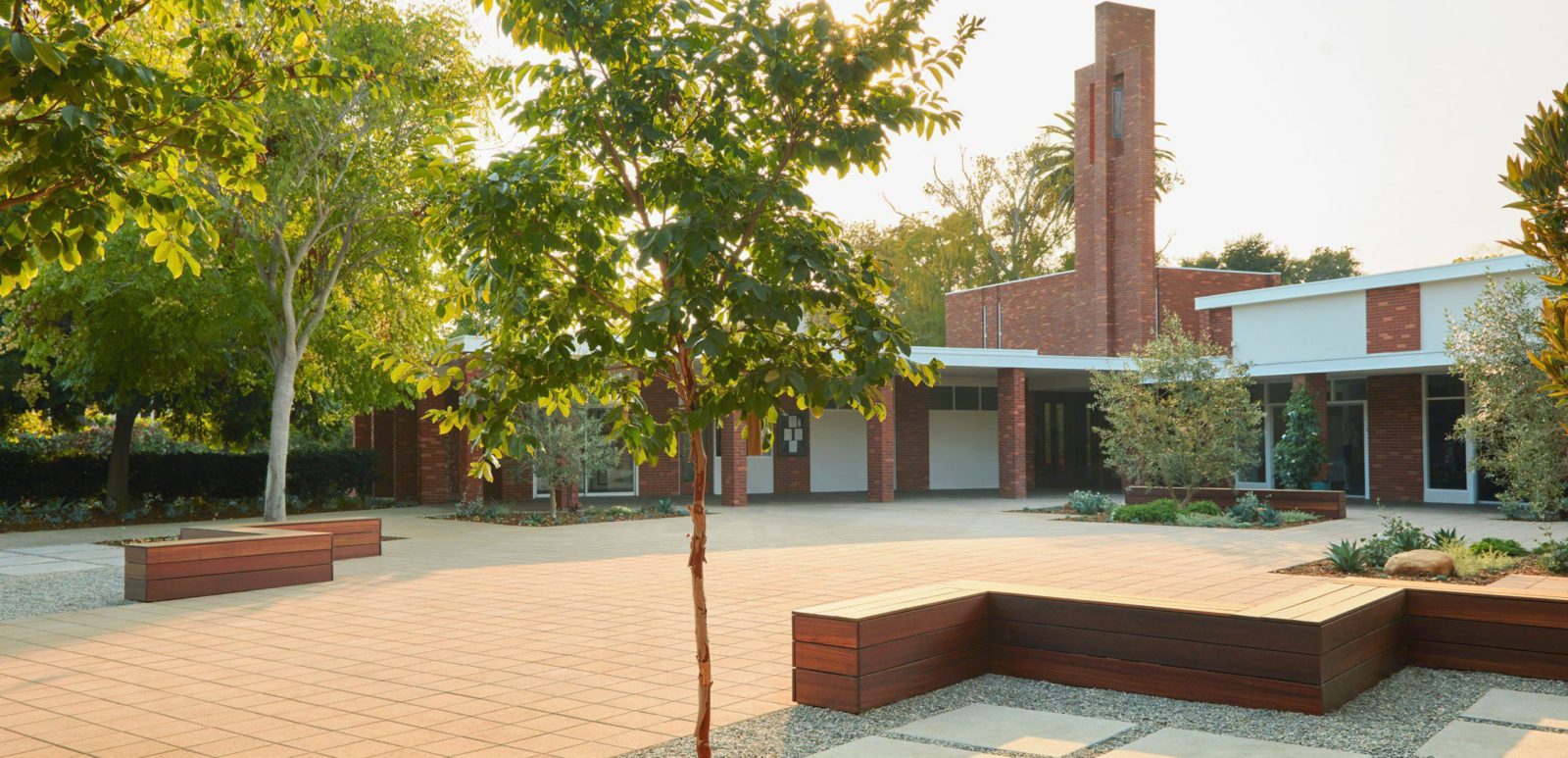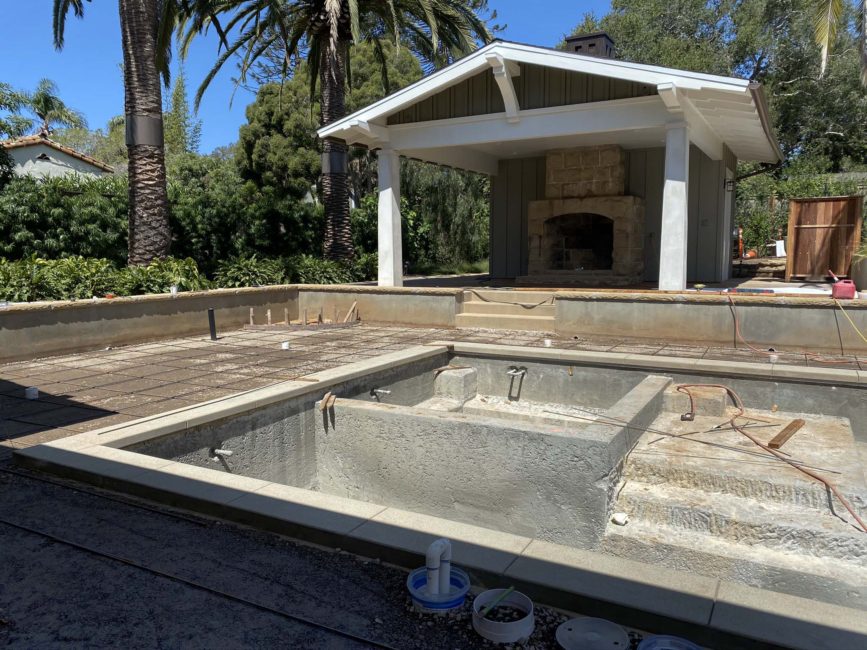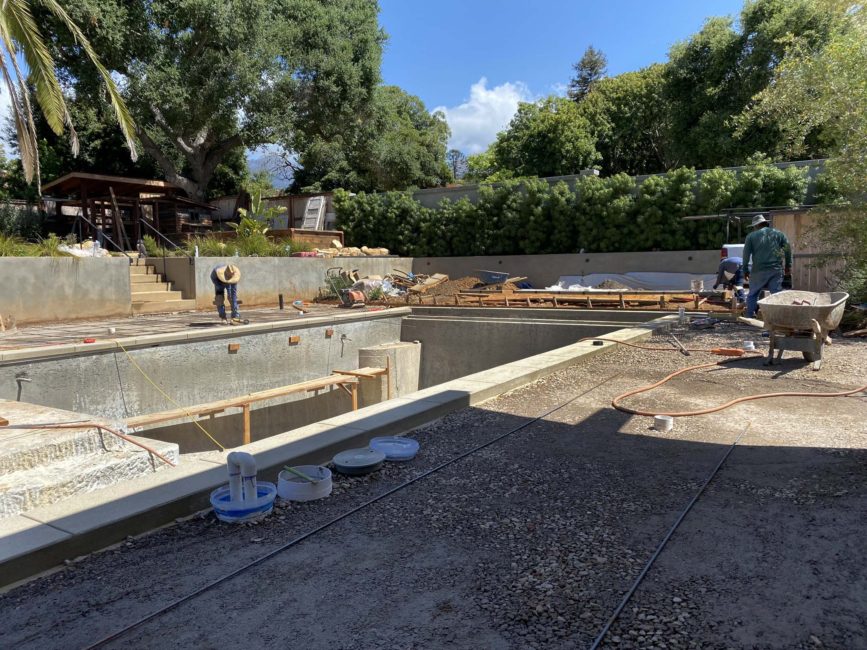For the past two months, over 150 volunteer architects, landscape architects, planners, civil engineers, designers, property owners and associated stakeholders have been hard at work developing a new vision for Santa Barbara’s downtown core. The Santa Barbara Chapter of the American Institute of Architects put together the 2020 Design Charrette to Reinvigorate, Reinvent, Reimagine, and Repurpose our Downtown with housing, energy, and life.
At 6 PM on Wednesday, October 21, 2020 each of the sixteen design teams will present their key recommendations and design concepts to the public via a zoom webinar. All are welcome! Please join Courtney, Mariella and the Santa Barbara community for this exciting event!
Click here to join the webinar!
Password: 937473





